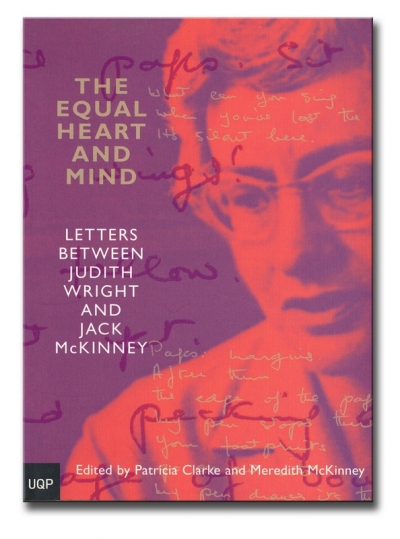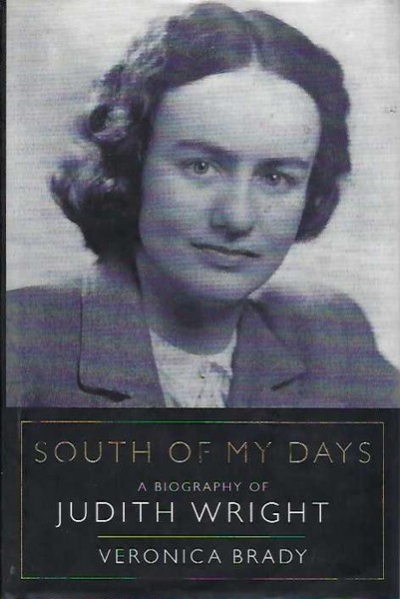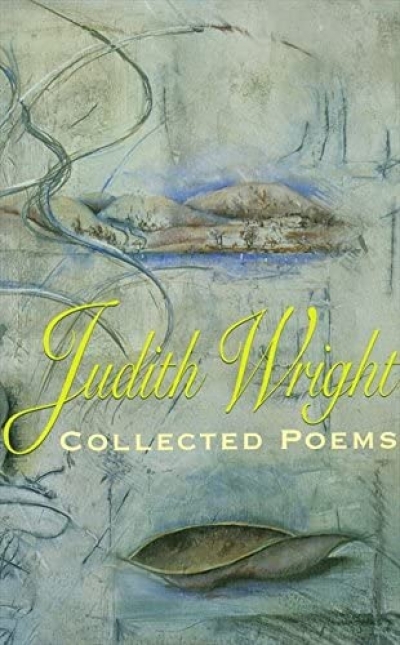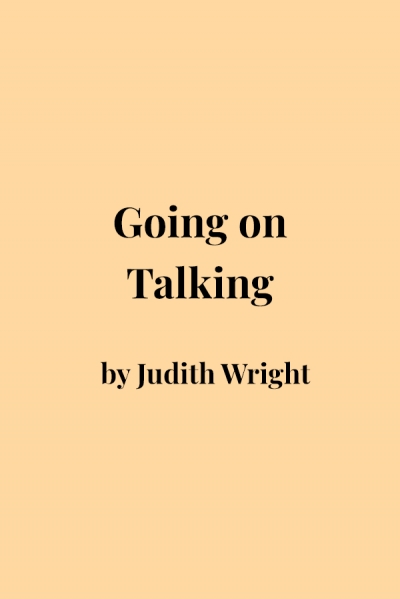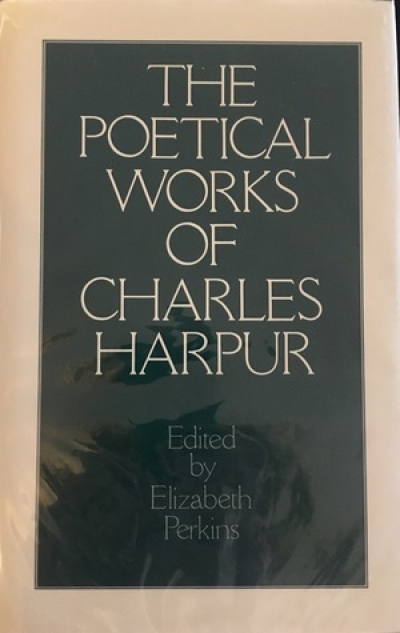Judith Wright
The Equal Heart and Mind edited by Patricia Clarke and Meredith McKinney & Birds by Judith Wright
These two volumes are a credit to their publishers. The format of The Equal Heart and Mind, a new departure for UQP, is slightly smaller than the usual paperback. The pages are deckle-edged, and the cover, in brilliant tones of magenta and purple, has its edges folded in on themselves as if to enclose and protect the contents. Very effective! In the National Library production of Birds: Poems by Judith Wright, the poems are accompanied by pictures from the National Library of Australia’s Pictures Collection, many by colonial artists. Paintings such as J.W. Levin’s ‘Rainbow Bee-Eater’ (1838) and E.E. Gostclow’s ‘Black Cockatoo’ (1929) are rarely seen masterpieces. This edition is a collector’s piece, worth buying for the pictures alone. Let’s hope that these two books herald a renewal of interest in Wright and her work.
... (read more)South of My Days: A Biography of Judith Wright by Veronica Brady
Veronica Brady is a highly respected critic with long and distinguished experience in the academic and literary worlds. She understands as well as anyone, I am sure, the mysterious workings of the imagination – how a feeling, an image or an impression may strike a spark capable of igniting a flame that fuses often contradictory thoughts and experiences into the ‘little room’ of a memorable poem. So it must have been a deliberate, though to my mind regrettable, decision that made her concentrate on Judith Wright’s life as a conservationist and campaigner for Aboriginal land rights almost to the exclusion of everything else – poetry included – in this ample and painstaking biography.
... (read more)In 1956, A Book of Australian Verse, edited by Judith Wright, was published by Oxford University Press. Her choice of her own poems included ‘Bullocky’ and a couple of others, the over-anthologising of which, at the expense of her other work, was later understandably to provoke her exasperation.
... (read more)Anyone who has had the experience of trying to translate a poem across even a fairly low-density language barrier (say German or French into English) will have tasted the near despair of finding oneself in danger of killing that in the creature that one most wanted to save. Sometimes it feels like cutting down the tree and whittling from the wood a mere mock replica of it – the sap goes, the leaves in all their lively beauty disappear, and at best there’s an artifact which cleverly reproduces the mere outlines of what was once brimming with life.
... (read more)Perusing the Australia Day honours list, I was disappointed to see that Judith Wright had not been honoured with a major award. She is one of our greatest living poets, a pioneer environmentalist, and a tireless champion of Aboriginal rights. In this year, when the nation is still coming to terms with the momentous implications of the Mabo decision, it is worth remembering that Wright has been a key supporter of and advocate for the Murray Islanders land case since its inception in 1981. Wright is one white Australian who does not need an International Year of the Indigenous People to draw her attention to the outstanding worth of people such as Eddie Mabo and Mandawuy Yunupingu.
... (read more)In his Canberra 1913–1950 Jim Gibbney summarises the indecisions which accompanied the establishment of a site for Canberra around the turn of the century. When finally, in December 1908, Yass-Canberra was decreed the Seat of Government, it brought to a close nearly two decades of hesitation – at least Australia knew where the Federal Capital was to be situated, if not what kind of city it was to be.
... (read more)It is 116 years since Charles Harpur, Australia’s first poet of real eminence, died with his own collection of his works unpublished. Except for a couple of small selections – the most recent of which, made by Adrian Mitchell in 1973 and containing only about 120 pages of the poetry, was the most comprehensive – and the infamously corrupt 1883 ‘collection’, it has remained so. This has been a blot on the reputation of Australian critical and academic workers and a loss not only to Australian literature but to Australian history. Now Elizabeth Perkins, of the English Department of James Cook University, has handsomely remedied a long injustice.
... (read more)These three books on Aboriginal European relations are a reminder that the process of rewriting the history of contact of Australian Aboriginals (or should one say Aboriginal Australians?) has come a long way since C.D. Rowley’s The Destruction of Aboriginal Society, the work which started it all twelve years ago. Each is important in its own way. Lyndall Ryan’s book (The Aboriginal Tasmanians, 315 p., $22.50) demolishes once and for all what the author calls ‘the myth of the last Tasmanian’: the still widely held belief that Tasmanian Aboriginals perished in 1876 when Truganini died in Hobart. Judith Wright’s work (The Cry For The Dead, OUP, 301 p., $19.95 hb), although essentially a story of the tragic struggle or the author’s squatter forbears, is one of the few attempts ever made to incorporate Aboriginal perspective into the history of pastoral expansion, to run the white and black ‘versions’ of events side by side. Henry Reynolds’s epoch-making book (The Other Side of the Frontier, Penguin, 255 p., $6.95 pb, first published in hardback by History Department, James Cook University, 216 p., $7.50 plus postage) documents and interprets’ some of the Aboriginal responses to European invasion and settlement during the nineteenth century. All three are well written, although The Cry for the Dead is at times a bit irritating and difficult to follow, largely because of the lack of appropriate maps. All attack traditional wisdom and are therefore inescapably political, dealing as they do with highly emotional issues which have aroused a great deal of passion ever since 1788.
... (read more)

